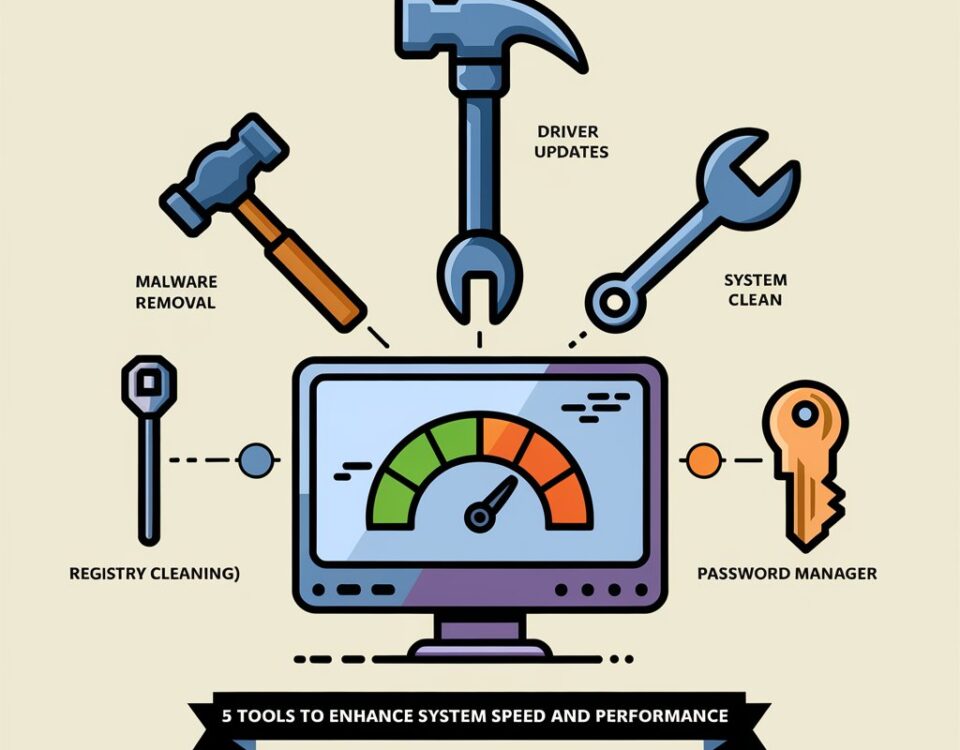
How Email Marketing Will Be Used in the Future
July 2, 2024
Top Ten Process Apps for Small Businesses in 2023
July 2, 2024How I Used Machine Learning to Make My Software Better
Using machine learning in software development has revolutionized how I approach enhancing software performance and user satisfaction. This article shares insights into the transformative impact of integrating machine learning techniques, highlighting practical applications, benefits, and lessons learned in the journey towards improving software quality. By leveraging machine learning, I've been able to not only automate repetitive tasks but also predict user behavior, thereby personalizing the user experience in ways that were previously unimaginable. This shift has not only enhanced the efficiency of our software but has also led to greater user engagement and satisfaction.

Identifying Opportunities for Enhancement
Integrating machine learning began with identifying key areas in the software where automation and predictive capabilities could streamline processes and improve outcomes. This is initial phase involved evaluating data sources, defining objectives, and selecting appropriate algorithms.
Implementing Machine Learning Algorithms
The implementation phase focused on developing and fine-tuning machine learning models tailored to specific tasks within the software. This involved data preprocessing, model training, and validation to ensure accuracy and reliability in real-world applications.
Enhancing User Experience
Machine learning enabled personalized user experiences through predictive analytics and recommendation systems. By analyzing user behavior and preferences, the software adapts dynamically, anticipating user needs and delivering relevant content or features.
Improving Performance and Efficiency
One of the significant impacts of machine learning was optimizing software performance and efficiency. By automating repetitive tasks and optimizing resource allocation, the software operates more smoothly and responsively, even under high workload conditions.
Overcoming Challenges and Lessons Learned
While integrating machine learning brought substantial benefits, challenges such as data quality issues and algorithm complexity required careful management. Addressing these challenges involved iterative testing, continuous improvement, and collaboration across multidisciplinary teams.
Future Directions and Innovations
Looking ahead, ongoing research and development in machine learning promise further innovations. Exploring advancements in deep learning, natural language processing, and reinforcement learning opens new possibilities for enhancing software capabilities and driving future growth.
Conclusion
Integrating machine learning into software development has been a transformative journey, significantly improving performance, user experience, and operational efficiency. By leveraging predictive analytics and automation, businesses can stay competitive and meet evolving user expectations in the dynamic landscape of digital technology.




